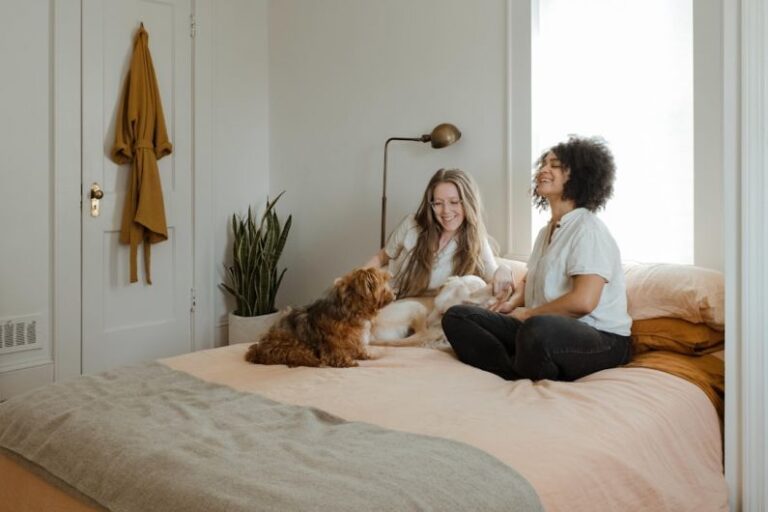Creating an Indoor Play Area for Your Pets
Pets are an integral part of our lives, bringing joy, companionship, and endless entertainment. As pet owners, it is essential to provide our furry friends with a stimulating environment that encourages physical activity and mental engagement. One way to achieve this is by creating an indoor play area tailored to your pets’ needs and preferences.
Designing the Space
When setting up an indoor play area for your pets, consider the available space in your home. Choose a room or corner that is easily accessible and safe for your pets to play in. Remove any hazards or toxic items from the area, ensuring a pet-friendly environment.
Incorporate a Variety of Toys
To keep your pets entertained and engaged, provide a variety of toys in their indoor play area. Cats may enjoy interactive toys, feather wands, or scratching posts, while dogs may prefer chew toys, balls, or puzzle feeders. Rotating toys regularly can prevent boredom and keep your pets mentally stimulated.
Climbing and Perching Options
Cats, in particular, love to climb and perch in high places to observe their surroundings. Consider adding cat trees, shelves, or window perches to your indoor play area to satisfy your feline friend’s natural instincts. These elevated spaces provide a sense of security and a bird’s-eye view of the room, keeping your cat entertained for hours.
Interactive Games and Puzzles
Engage your pets’ minds and bodies with interactive games and puzzles. For dogs, consider hide-and-seek games with treats or agility courses using household items. Cats may enjoy puzzle feeders, laser pointers, or feather toys that mimic prey. These activities not only provide exercise but also strengthen the bond between you and your pets.
Safe Play Zones
Create designated play zones within the indoor play area to prevent conflicts between pets or accidents. Separate areas for each pet can help reduce territorial disputes and ensure that each pet has their space to play and relax. Use baby gates or pet barriers to establish boundaries and maintain a harmonious environment.
Comfortable Resting Areas
In addition to play areas, provide comfortable resting spots for your pets to unwind and recharge. Soft beds, blankets, or cozy corners can offer a retreat for your pets to relax after play sessions. Cats may appreciate hideaway spots or enclosed beds, while dogs may prefer open spaces with a view of their surroundings.
Incorporating Nature Elements
Bring the outdoors inside by incorporating elements of nature into your pets’ indoor play area. Consider adding indoor plants, cat grass, or a small water feature to create a stimulating environment for your pets. These natural elements can provide sensory enrichment and a connection to the outside world.
Regular Playtime and Supervision
While an indoor play area can offer a space for your pets to play independently, regular playtime and supervision are essential for their well-being. Set aside time each day to interact with your pets, engage in play sessions, and monitor their behavior. Supervision can prevent accidents, ensure safety, and strengthen the bond between you and your pets.
Creating an indoor play area for your pets is a rewarding endeavor that can enhance their quality of life and overall well-being. By designing a space that meets their physical and mental needs, incorporating a variety of toys and activities, and providing a safe and stimulating environment, you can create a space where your pets can thrive and flourish. Take the time to tailor the indoor play area to your pets’ preferences and watch as they enjoy hours of fun and enrichment in their new play space.






